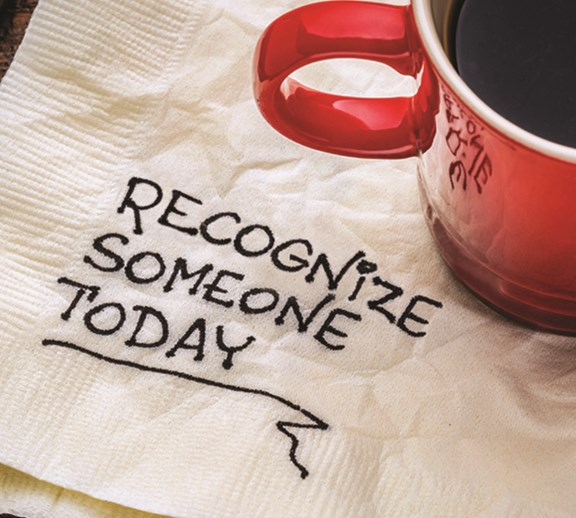Expanding the complete employee experience
Feb 08, 2022
Written by: Brad Shuck, Ph. D., Professor of Human Resources and Organizational Development, University of Louisville, Co-Founder, OrgVitals; and Amy Stern, Managing Director, Research and Strategy, BI WORLDWIDE
(View Author Bio)
Company culture is a dominant differentiator in the employee experience. To make that culture known, we need to be intentional about creating a consistent experience for our potential and current employees across the entire employee lifecycle.

__________
In the midst of the Great Resignation, when workers everywhere are reevaluating what they are looking for, it’s become increasingly important for company leaders to also reevaluate what kind of experience they are providing for their employees.
__________
Employee experience is not only about new hire orientation and celebrating work anniversaries; it’s about expanding the way you think about an employee over the course of their entire relationship with your company, from the promise you make in a new job posting to the culture your employees are a part of on a day-to-day basis.

Oftentimes we think of an employee value proposition as a way to recruit new employees. But once they decide to join, it’s so critical that we deliver on our promise. We want employees to say: “This is what I thought it was going to be – and it’s better.” Are you promising a sense of community – and being intentional about making it happen? How are you facilitating collaboration? What are you doing to give employees opportunities to learn and grow?
When we think about culture and the experience we’re striving to create for our teams, we need to remember that experiences are immersive. They engage everything about our senses. What does it mean to live and be in this brand? How do employees feel when they’re at work? Are we giving them places to congregate and connect? We need to go beyond the norm and create something unique, building a rhythm of communication and experience over time.
Not every workplace can become as immersive as an experience like going to Walt Disney World, for example, where it’s almost as if you’re transported into their brand. But all companies have room to improve and can do things to help the experience feel better for employees. To do this, it may require leaders to think differently about models of communication and recognition, perhaps even redefining what engagement looks like. What we were looking for, the tools and processes we had in place, and how we measured them two years ago may not work now and as we go forward.
As you redefine your employee experience and take the holistic employee lifecycle into consideration, keep these best practices in mind:
1. Create a connection point.
Roles like ‘Chief Culture Officer’ are emerging across companies everywhere. While culture is never owned by just one person (and should not be viewed simply as something the HR team handles), streamlining efforts through one role or team is a way to be intentional about architecting it. While culture is guided by leadership and created by everyone, having a primary connection point will make for a coordinated, focused effort.
2. Culture needs to be adapted for remote workers.
When employees regularly gather in common areas, it is easier to create an immersive experience, surrounding them in the culture you’re striving to achieve. But when employees are working remotely or in a hybrid model, think about how that immersive experience translates for them. What do you need to do differently to help them be successful and feel connected? If your employees aren’t seeing their teammates or bosses or if the company isn’t willing to fund workspace enhancements or the right technology, what message is that sending?
3. Core principles should inform individual moments.
Guiding culture principles should initially be determined by leadership, aligned with the company’s mission and vision for the future. But don’t forget to allow for interpretation by individual roles or teams to make sure those principles resonate across different moments in the employee experience. For example, the way a recruiter brings culture principles to life will look different than a people manager celebrating team milestones. Having your company’s guiding principle documented will enable consistency while allowing for adaptation across key employee moments.
4. Consistency is key.
Different roles or teams will be responsible for different parts of the employee experience. Even if everyone is doing their job well and providing a great experience, it’s important to regularly evaluate how all of those pieces are working together – are you all rowing the same boat? Or do you need to work to make the individual experiences feel more cohesive?
The one thing that’s become increasingly clear is that culture is a differentiator. To make that culture known, we need to be intentional about creating a consistent experience for our potential and current employees across the entire employee lifecycle.
The best way to get started is to get in touch.



















